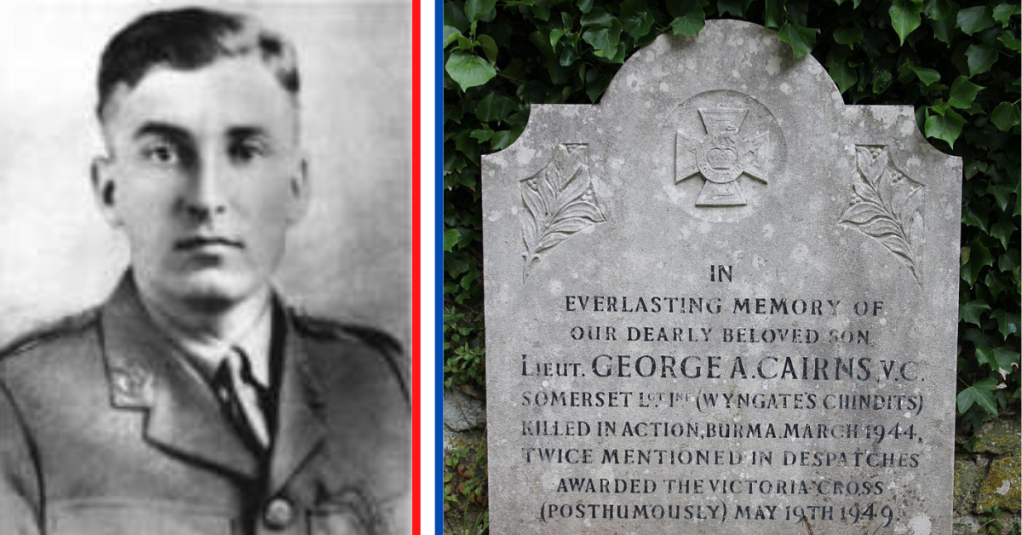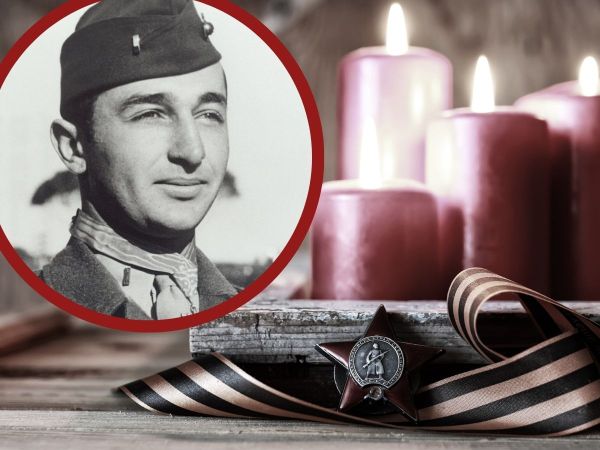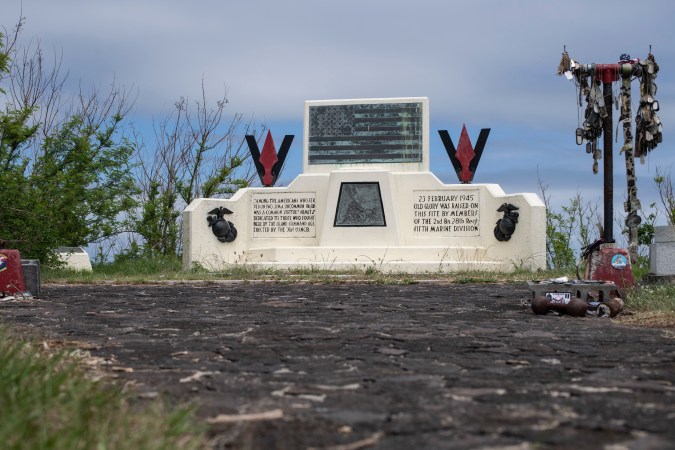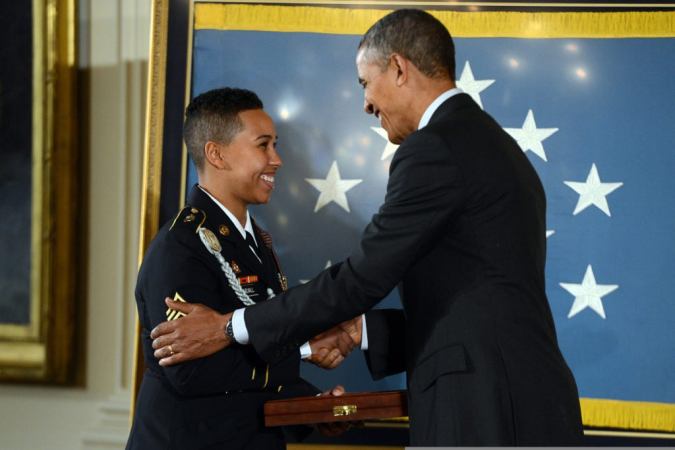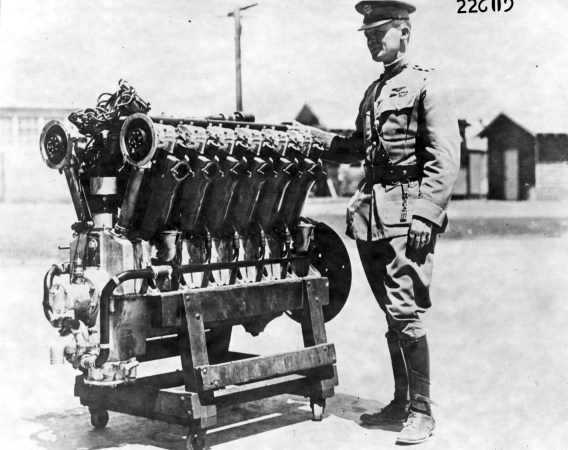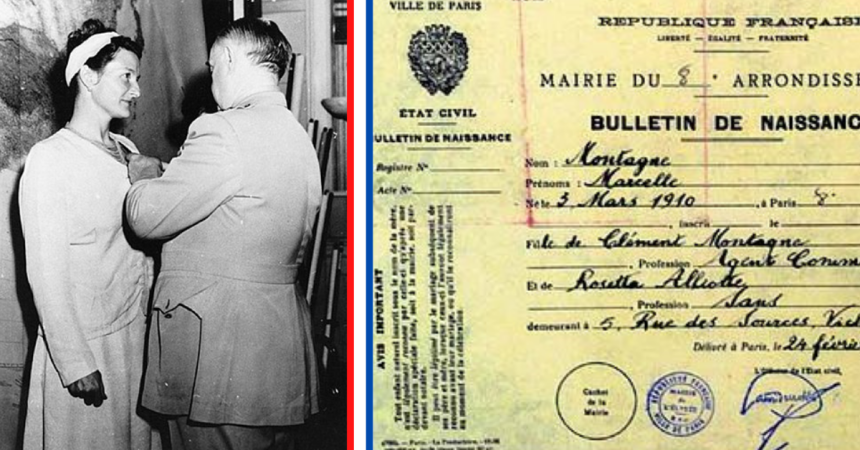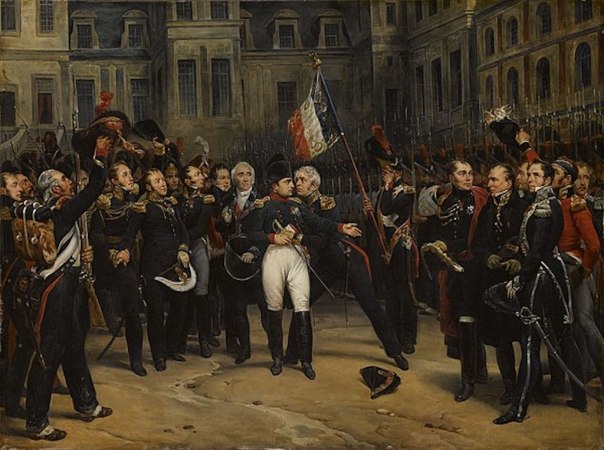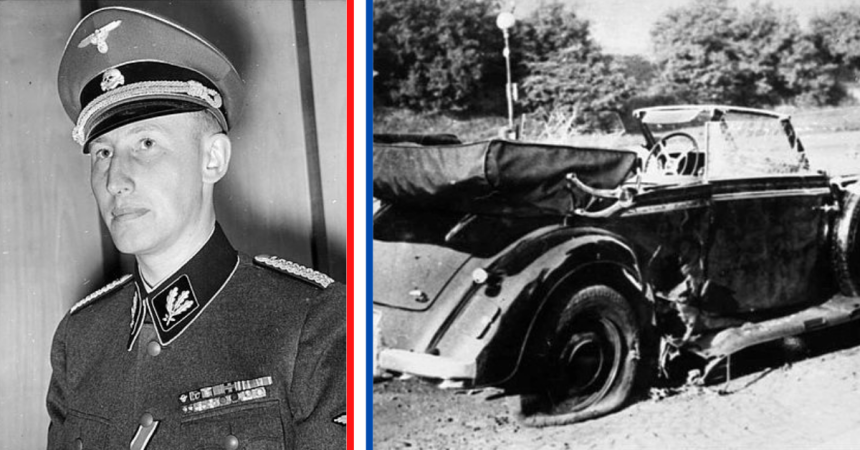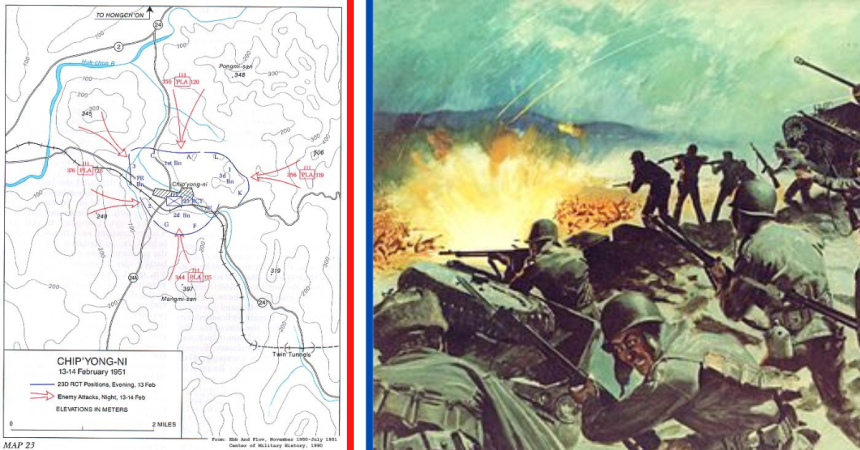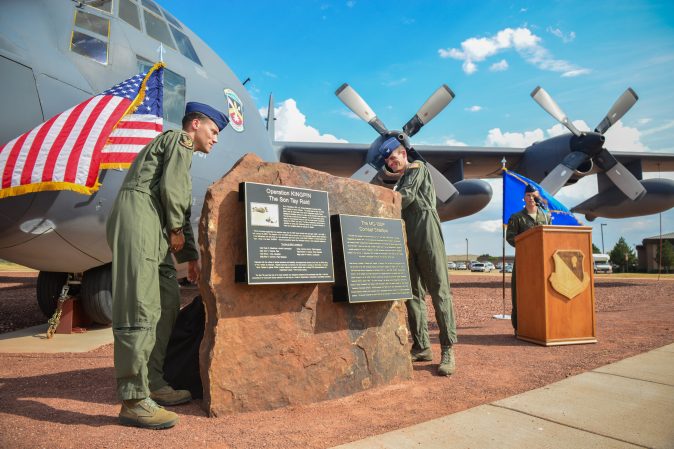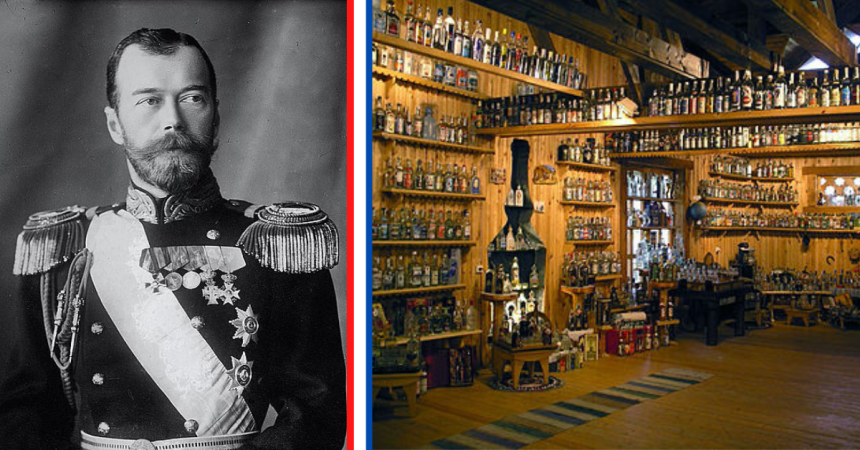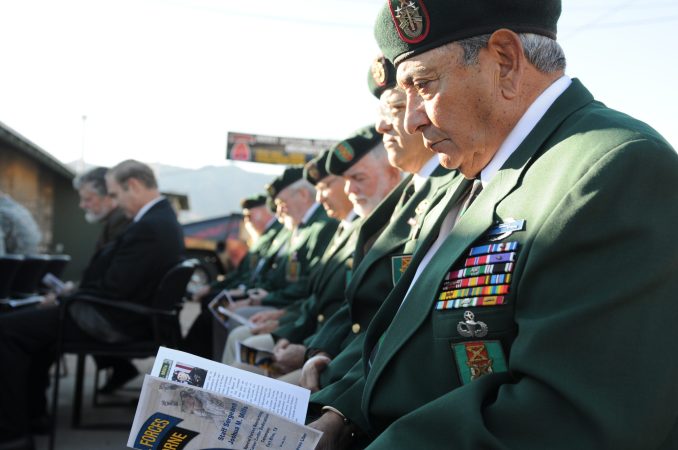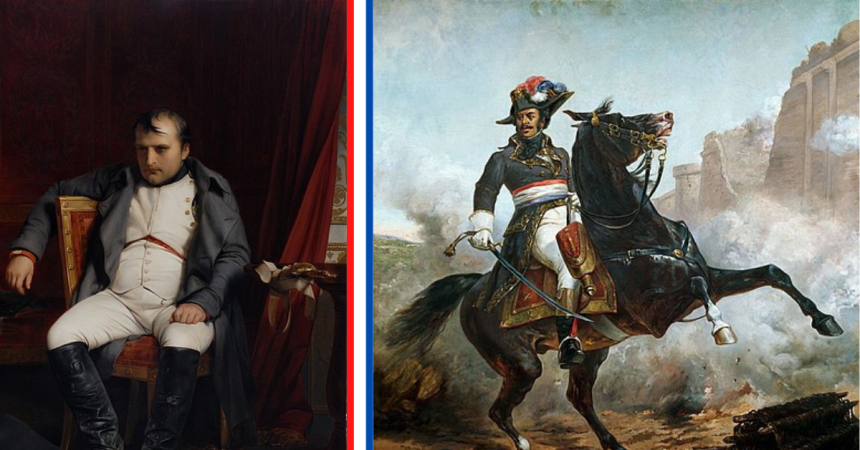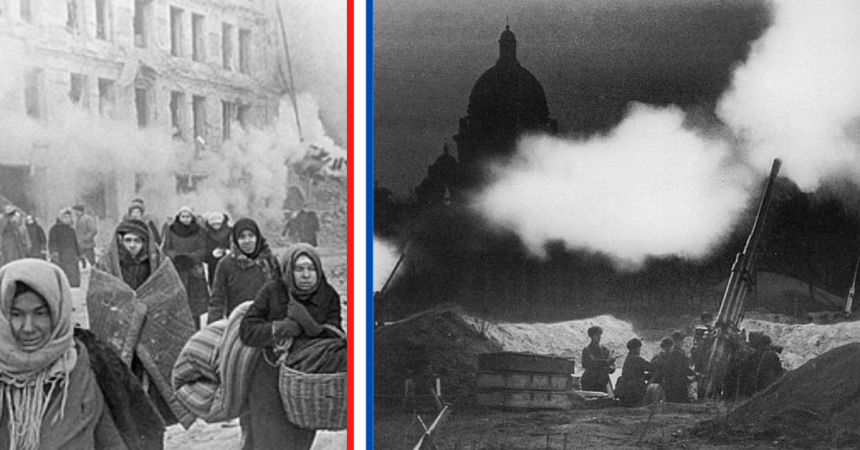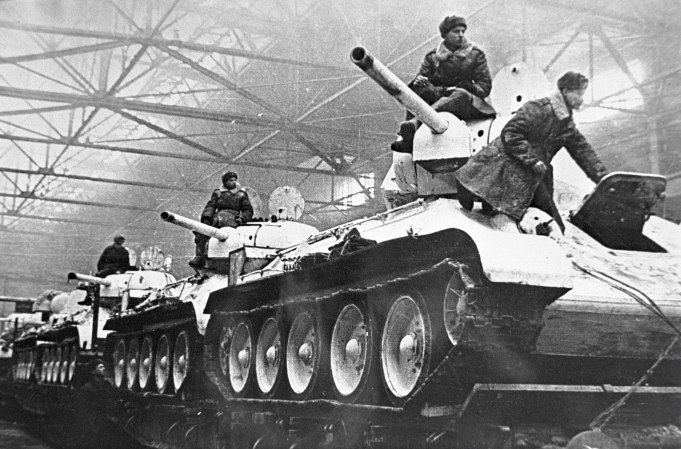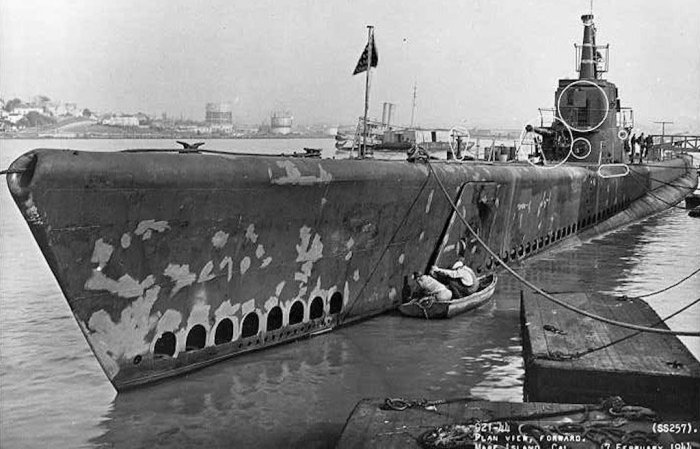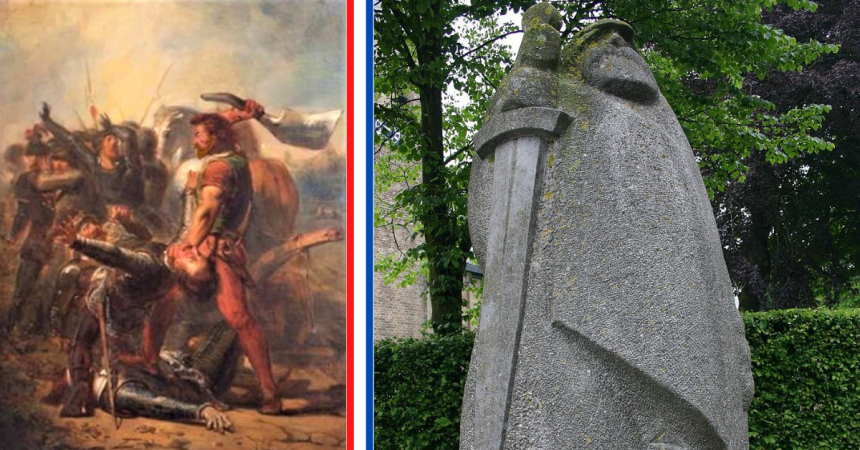World War II Burma might not be the most talked-about theater of World War II, but it was no less brutal, no less important, and saw its share of combat heroism. The Japanese wanted to capture Rangoon to cut off the flow of overland supplies to China. The British and Allies needed to secure Burma to stem any possible advance into British India – and battles didn’t often go the way the British wanted.
Had the war continued, the Burma Campaign would have not only allowed for the flow of supplies, it could have opened up an entirely new front in China. There was a lot on the line for both sides and they fought each other fiercely. One British officer would receive the Victoria Cross for taking it to a new level of ferocity.
By 1944, Lt. George Cairns had been at war for two years in the jungles of Burma. A former banker, he was part of a Chindit, a special warfare unit that was used for long-range penetration and reconnaissance, guerrilla attacks on Japanese troops, and exploiting stretched and vulnerable lines of supply and communication.
Chindits spent a lot of time on the move, on their own, and in enemy-held territory. In March 1944, they walked into an area codenamed the “White City,” which appeared to be held by neither side of the war. They wanted to establish a road and rail block in the area at Mawlu, north of Indaw, and if they did, they would be the ones to defend it. They were the only Chindits in the area and were out of range of Allied air support.
Cairns and the rest of the Chindits dug into their position near a hill outside of the city, with no idea there was a Japanese unit nearby. On the morning of March 17, 1944, some Japanese troops were spotted in the area. By noon, the entire area erupted into a war zone.

Atop the hill sat a large pagoda, which meant the hill was quickly named Pagoda Hill, and it was where the bulk of the fighting between the Japanese and Chindits took place. Brig. Gen. Michael Calvert led the attack on Pagoda Hill that morning. In his memoir, he remembers the fighting as an “extraordinary melee,” with Chindits and Japanese troops in close-quarters, shooting and bayoneting each other, with grenades being tossed into the mix.
Lt. Cairns was on Pagoda Hill that morning, fighting in close quarters combat like everyone else. During the battle, Cairns was attacked by a Japanese officer wielding a katana sword. The officer managed to sever his left arm completely, but Cairns didn’t falter. He picked up a bayoneted rifle and killed the enemy swordsman and picked up the katana with his remaining arm.
Then he went back into the fray.
Hacking his way through the fighting at the head of his men, brandishing his new weapon, Cairns killed or wounded several Japanese soldiers, according to his Victoria Cross citation. Despite his rampage, however, the loss of his arms cost the lieutenant a lot of blood, and he could not stay standing. He collapsed and fell to the ground, where he would die of his wounds, which included two bayonet wounds.
No one knew how George Cairns managed to fight on so long. His last words, according to Calvert were “Have we won sir? Was it all right? Did we do our stuff? Don’t worry about me.”
The Chindits on Pagoda Hill were so inspired by the sight of their officer leading a sword charge into close-quarters combat (and winning) that they fought even harder, turning the tide for the British in the area. Cairns was buried at Taukkyan War Cemetery in Burma and was awarded the Victoria Cross five years after the battle.

